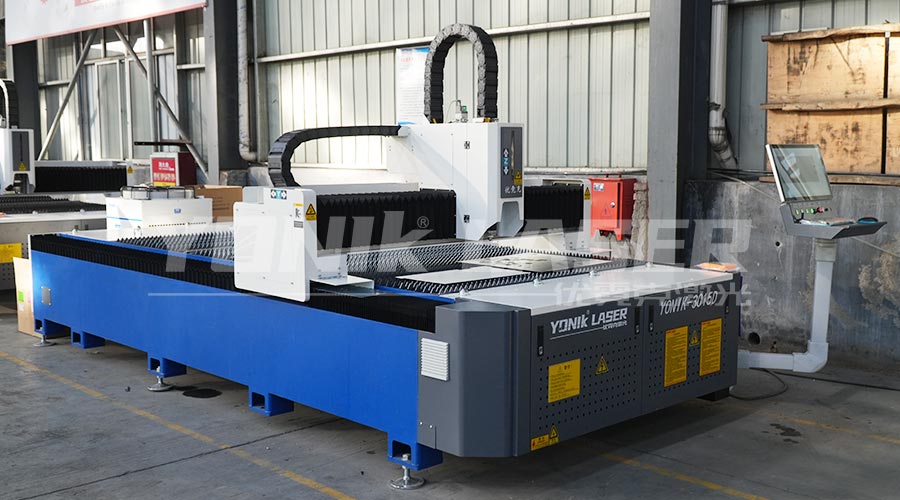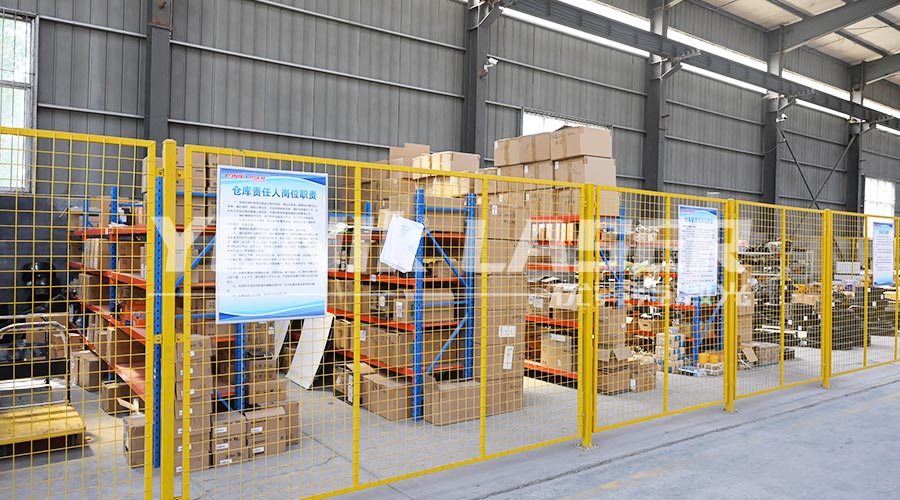As an important equipment in modern industrial manufacturing, laser cutting machines have been widely used in many fields such as metal processing, automobile manufacturing, aerospace, etc. with their advantages of high precision, high efficiency and good flexibility. However, different materials have different requirements for laser cutting parameters. In order to ensure the quality and efficiency of cutting, operators need to adjust the relevant parameters of the laser cutting machine according to the characteristics of different materials. This article will introduce in detail the main parameters that need to be adjusted when cutting different materials.

1. Laser power
Laser power is one of the key parameters in the laser cutting process. It determines the energy output of the laser beam and directly affects the cutting depth and speed. For different materials, the adjustment of laser power is crucial.
Metal materials: such as stainless steel, aluminum alloy, etc., usually require higher laser power to obtain faster cutting speed and better cross-section quality. However, too high power may also cause the heat affected zone to increase, affecting the performance of the material.
Non-metal materials: such as plastics, wood boards, etc., the laser power is relatively low. Excessive power may cause the material to melt rapidly, burn, or even cause a fire.
2. Cutting speed
The cutting speed is the speed at which the laser head moves on the surface of the material, which directly affects the cutting efficiency and quality. The selection of cutting speed needs to be considered comprehensively based on factors such as the thickness, hardness and laser power of the material.
Thick material: For thicker materials, the cutting speed needs to be appropriately reduced to ensure that the laser beam has enough time to melt and penetrate the material.
Thin material: For thinner materials, the cutting speed can be appropriately increased to improve cutting efficiency. However, too high a speed may result in incomplete cutting or reduced cross-section quality.
3. Focal length
The focal length refers to the distance from the laser beam to the surface of the material, which directly affects the energy density and cutting quality of the laser beam. The adjustment of the focal length needs to be determined according to the characteristics of the material and the cutting requirements.
Precision cutting: For materials that require high-precision cutting, the focal length needs to be adjusted more accurately to ensure that the laser beam can be accurately focused on the surface of the material, reducing the heat-affected zone and the roughness of the cross-section.
Roughing: For materials that do not require high cutting accuracy, the focal length can be appropriately adjusted to improve the cutting speed and efficiency.
4. Auxiliary gas
Auxiliary gas plays a vital role in the laser cutting process. It can help remove the smoke generated by cutting, cool the cutting area and prevent oxidation reactions. Different materials require different auxiliary gas types and pressures.
Metallic materials: Oxygen is usually used as an auxiliary gas because it can react chemically with metals to increase cutting speed and cross-sectional brightness. However, it should be noted that for some easily oxidized metals, such as aluminum and magnesium, oxygen should be used with caution.
Non-metallic materials: Nitrogen or inert gas is usually used as an auxiliary gas to prevent oxidation reactions during the cutting process.
5. Other parameters
In addition to the above main parameters, there are some other parameters that will also affect the effect of laser cutting, such as nozzle distance, cutting path planning, etc.

Nozzle distance: The nozzle distance refers to the distance between the laser nozzle and the surface of the material. This distance needs to be adjusted according to the characteristics of the material and the cutting requirements. Too far a distance will cause excessive loss of gas blowing force, affecting the cutting effect; too close a distance may cause the nozzle to collide or wear with the material.
Cutting path planning: Reasonable cutting path planning can improve cutting efficiency and reduce material waste. For complex shapes and patterns, professional CAD/CAM software can be used to plan and optimize the cutting path.
VI. Conclusion
In summary, the parameters that need to be adjusted when cutting different materials include laser power, cutting speed, focal length, auxiliary gas and some other related parameters. The adjustment of these parameters needs to be determined according to the characteristics of the material and the cutting requirements to ensure the cutting quality and efficiency. At the same time, the operator also needs to have certain professional knowledge and experience so that the parameters can be adjusted and optimized flexibly according to the actual situation during the cutting process.
With the continuous development and progress of laser cutting technology, it is believed that more advanced parameter adjustment methods and optimization strategies will appear in the future, providing more powerful support for the application and development of laser cutting machines.
2025-07-22
2025-07-21
2025-07-19